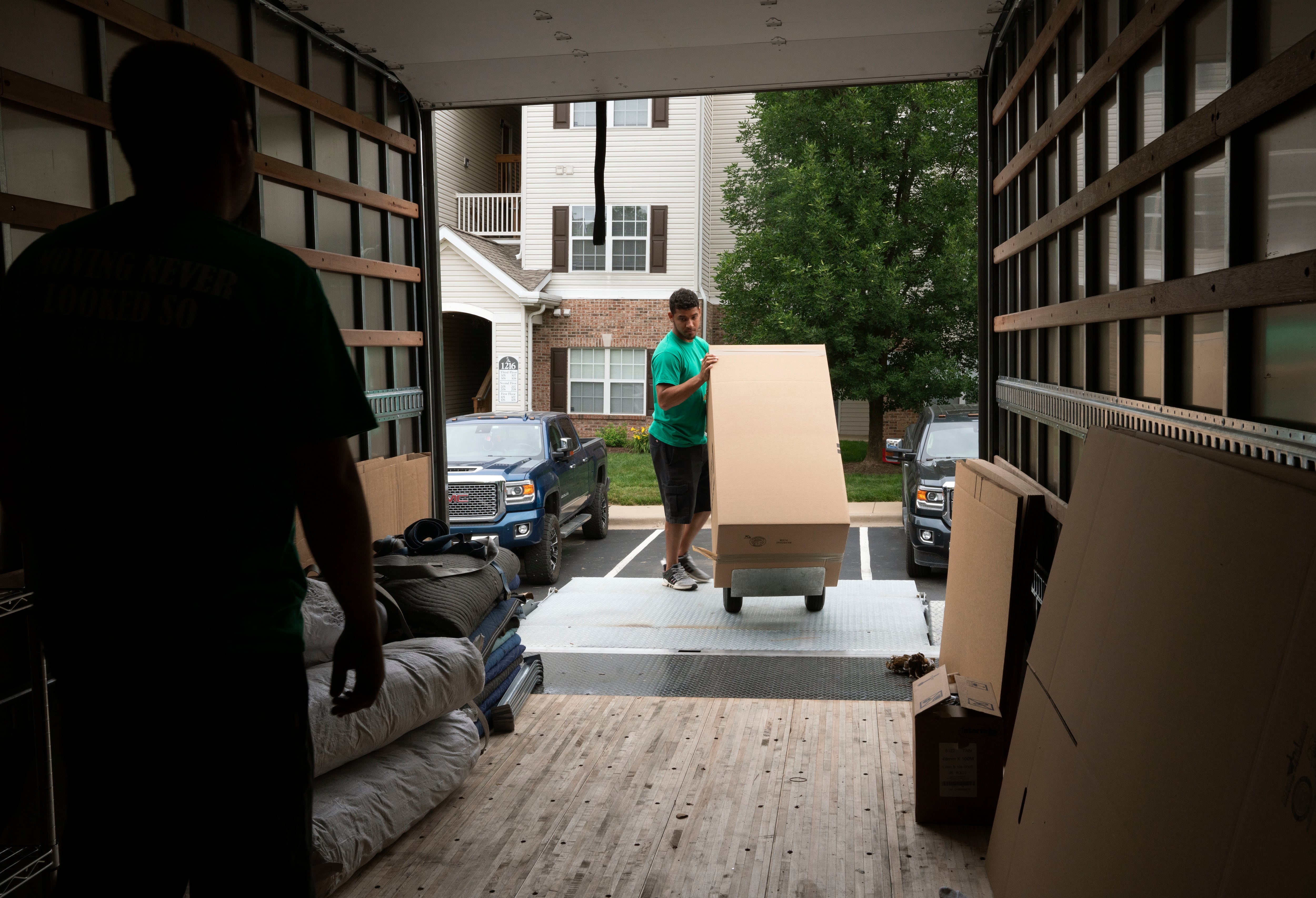The military services have so far approved just 4,167 claims for the temporary increase in Basic Allowance for Housing, far fewer than were anticipated by defense officials.
When the temporary allowance was announced, officials estimated that up to 200,000 service members could be eligible for the extra housing money. So far, about 2% of that number have submitted claims and been approved. The Air Force is at the head of the pack, with 3,174 claims processed — more than three-fourths of the total DoD claims.
Given the extensive marketing campaigns that have been conducted by the services and by the Defense Department, and the actual number of claims received, “it would appear the original estimate was inflated, thus potentially setting a false expectation,” said DoD spokesman Army Maj. Charlie Dietz.
In September, defense officials announced that service members in 56 areas of the country could be eligible to apply for a temporary BAH increase to ease the financial burden on service members and their families — especially those making permanent change of station moves — affected by housing shortages and skyrocketing rental costs. The temporary payments apply to the months of October, November and December, and represent increases of 10% to 20 % over the current 2021 BAH rates. The announcement of new housing allowance rates that will take effect Jan. 1 is expected soon.
Dietz said DoD officials are drafting more messages targeting all service members who are potentially eligible for the temporary increases to remind them of the entitlement, eligibility criteria and the application process. Those eligible can receive retroactive payments to the first month when their qualifying extra costs are verified, but no earlier than Oct. 1.
Active-duty service members and full-time National Guard and Reserve members, with dependents and without, are eligible to apply.
Those who generally qualify for the temporary extra BAH in the 56 high-cost areas are:
- Service members who relocated after March 13, 2020, and are now paying housing costs at their new duty station that exceed the regular BAH rate there;
- Service members who renewed a lease after March 13, 2020, and are now paying more their regular BAH; and
- Service members who relocated within their military housing area and are now paying higher housing costs.
March 13, 2020, is the date the president declared a national emergency due to the ongoing pandemic. DoD officials determined that the pandemic’s impact on rental housing costs allowed them to authorize the temporary BAH increase.
“Our intent is to push the message to each service member as soon as possible,” Dietz said, but no later than Dec. 23.
The original DoD estimate was designed to capture all potentially eligible troops, he said. “All service members living in the identified Military Housing Areas who were receiving BAH were included,” he said.
It wasn’t an exact science. Data wasn’t available at the time of the estimate — and still isn’t — to accurately determine how many service members in that potentially eligible group actually experienced housing cost increases over their current BAH to such a degree as to motivate them to submit a claim, he said.
“The need for this temporary BAH increase was identified during multiple visits to the Pacific Northwest by senior Navy leadership, who spoke with sailors in the area,” said Navy Capt. Dave Hecht, spokesman for Chief of Naval Personnel.
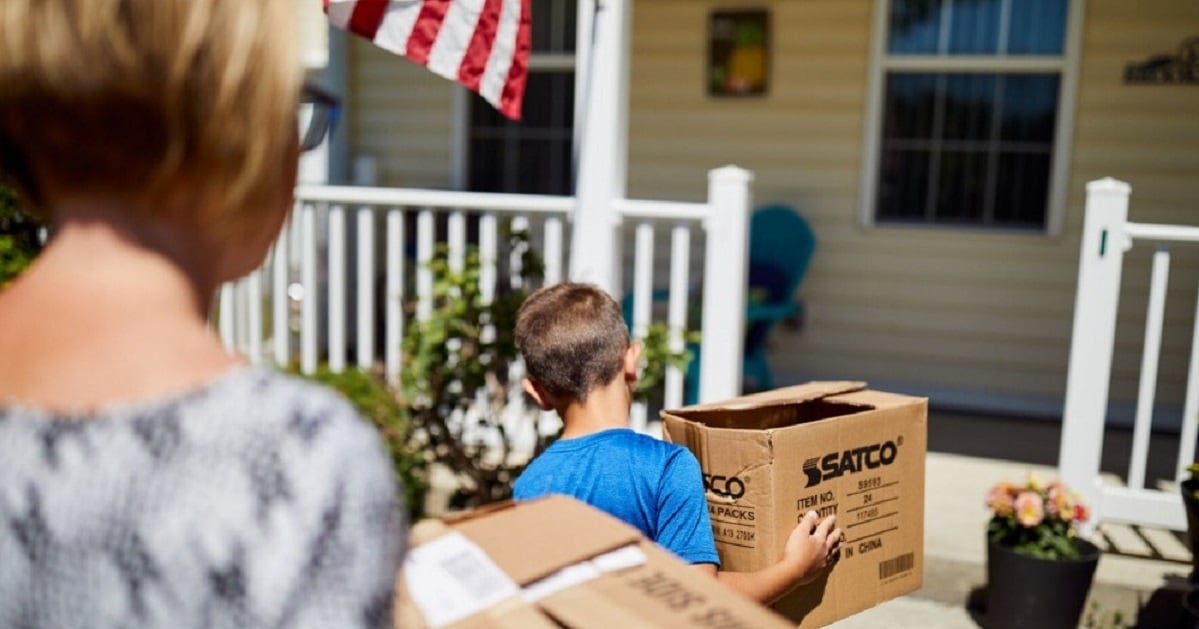
Of the sailors living in the 56 approved areas, 30,000 could be eligible for the extra money if they meet the eligibility requirements, he said. The Navy has been heavily promoting the temporary BAH increase through social media.
Navy leaders, like those in the other services, heard service members’ dismay about shortages of suitable housing and rapidly rising costs and brought their concerns to senior DoD leadership. Defense officials’ analysis of rental housing market data from March through August revealed the pandemic’s significant impact.
Of the 56 military housing areas with temporary BAH hikes, five get a 20% increase; 11 get a 15% increase; and 40 get a 10% increase. The five areas with a 20% increase are: Marine Corps Air Ground Combat Center Twentynine Palms, California; Eglin Air Force Base, Florida; Boise, Idaho; Mountain Home Air Force Base, Idaho; and Spokane, Washington.
RELATED
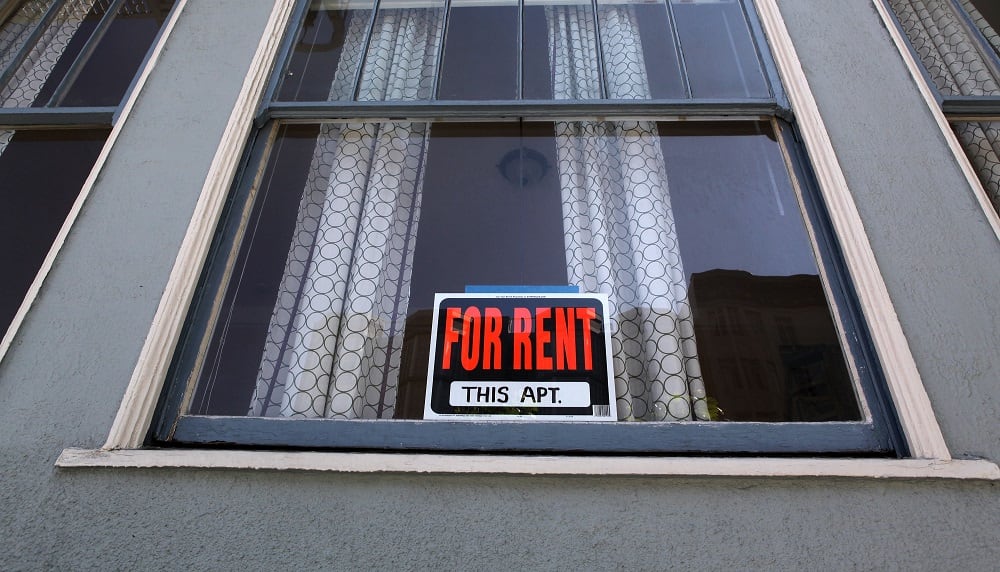
The Air Force had processed 3,174 claims for airmen and Space Force guardians as of Dec. 13, said Air Force spokeswoman Laurel Tingley. Those approved claims have either been paid or will be paid at the next payday. A total of 3,224 claims had been submitted. Of the 3,174 approved claims, 1,994 are from enlisted and 1,180 from officers.
Tingley said officials encourage airmen to carefully read the procedures for submitting claims and to talk with their supervisor if they have any questions.
Due to an email address change by the Defense Finance and Accounting Service in October, some submissions for payment for October were delayed, but that has been resolved, Tingley said. “All personnel who had an approved request for the month of October 2021 received their allowance on 15 November payday, including back pay for October,” she said.
Officials with the other services said they weren’t aware of any glitches with DFAS.
The Marine Corps, the smallest service, is next highest in claim numbers, with 506 claims paid — at a total cost of $174,000 — as of Nov. 30, said Marine Corps spokesman Maj. Jordan R. Cochran. Of the 506 Marines paid, 55% are enlisted and 45% are officers.
Marines are encouraged to read the procedures before they submit a request for the increase, Cochran said. Those procedures are outlined in Marine administrative message 511/21 and in the frequently asked questions section of the Manpower and Reserve Affairs website under the “2021 Temporary BAH Increase” banner.
Marines should also contact their chain of command if they need additional guidance.
In the Army, 291 soldiers’ claims were approved out of 391 submitted, according to information provided by the Defense Finance and Accounting Service, said Army spokeswoman Ellen Lovett. “There have been approximately 100 submissions returned due to missing information, discrepancies or ineligibility,” she said.
Lovett said soldiers must submit completed packets to their unit personnel offices, including a properly completed DA Form 4187, Personnel Action, signed by the soldier and battalion commander or equivalent, along with supporting documentation reflecting an increase in the normal monthly expenses associated with housing costs. “Ultimately, Soldiers’ total housing costs must be greater than their current BAH rate to receive the temporary BAH rate increase,” she said.
The Navy has had the fewest claims submitted, just 254, and it had approved and paid 169 of them as of Dec. 1. The remaining 85 are still being reviewed, said spokesman Navy Capt. Dave Hecht. The total amount paid as of December 1st is $61,877.40.
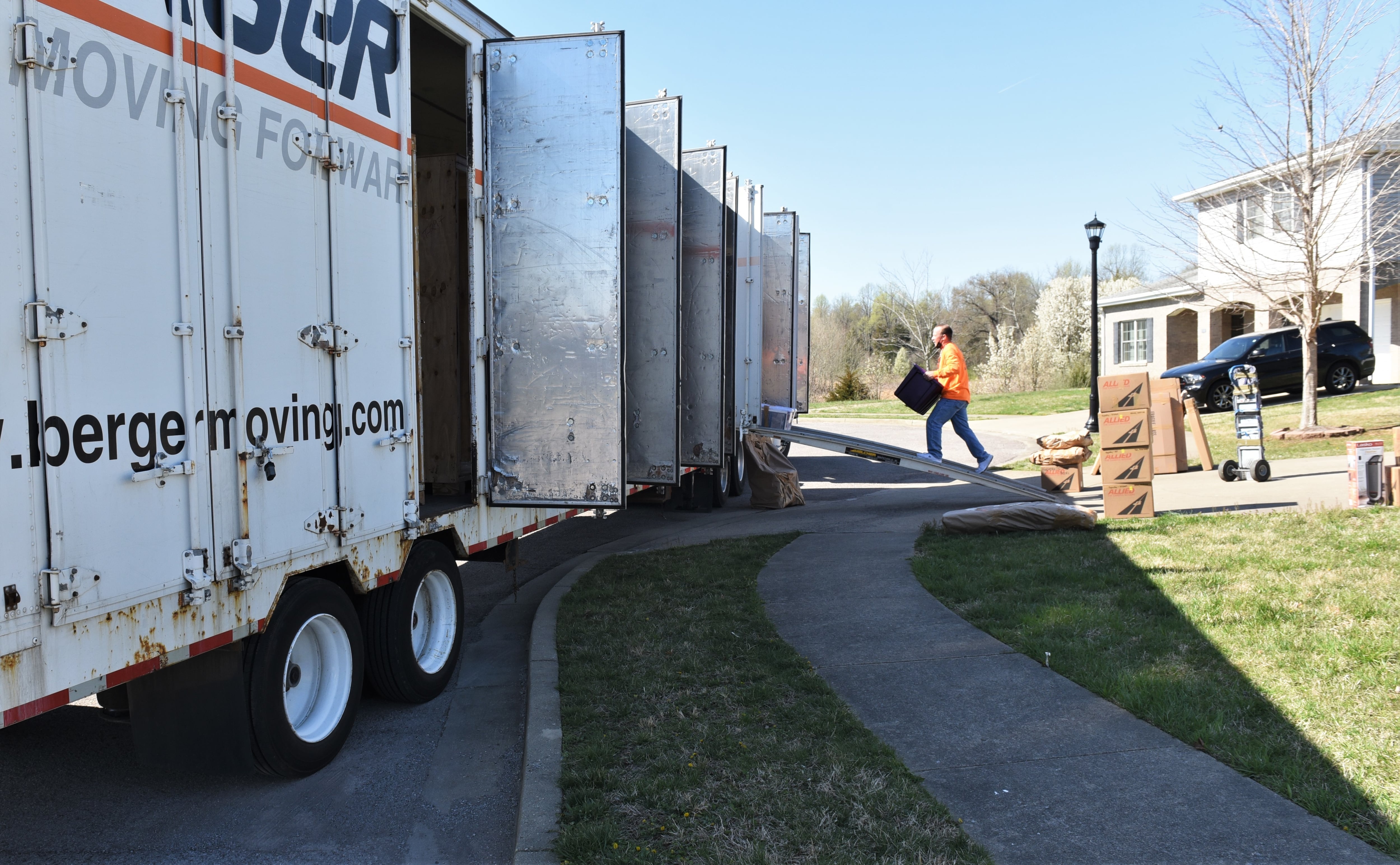
Sailors should work with their pay and personnel administrators and chains of command to correctly submit their applications for the program, Hecht said. Due to administrative errors, 14 claims were denied and returned to sailors, but all 14 were corrected, resubmitted and paid, he added.
RELATED
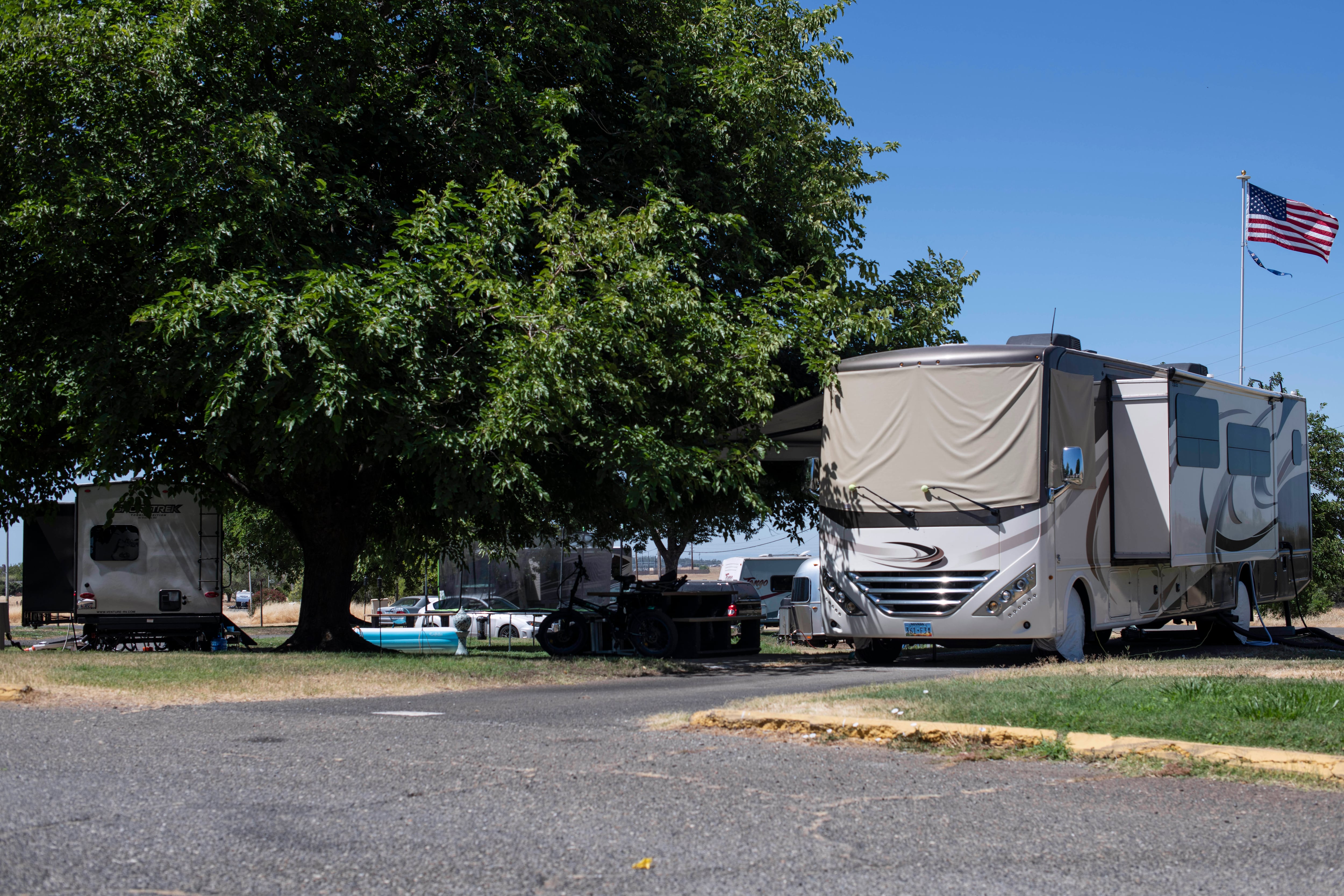
Service members should check the qualifying criteria even if they think they may not be eligible.
For example, service members living in privatized housing generally are not eligible for the temporary increase. However, if their lease agreement doesn’t include utilities and the member pays directly to a utility company, then increased costs, such as a rate increase imposed because of the pandemic, could potentially qualify the member for temporary BAH.
Service members who own a house and can show a housing cost increase attributable to the pandemic, such as a utility fee imposed because of COVID-19 related costs, may be eligible for the temporary BAH.
Read the service-specific instructions, as well as DoD FAQs for more information.
Karen has covered military families, quality of life and consumer issues for Military Times for more than 30 years, and is co-author of a chapter on media coverage of military families in the book "A Battle Plan for Supporting Military Families." She previously worked for newspapers in Guam, Norfolk, Jacksonville, Fla., and Athens, Ga.
